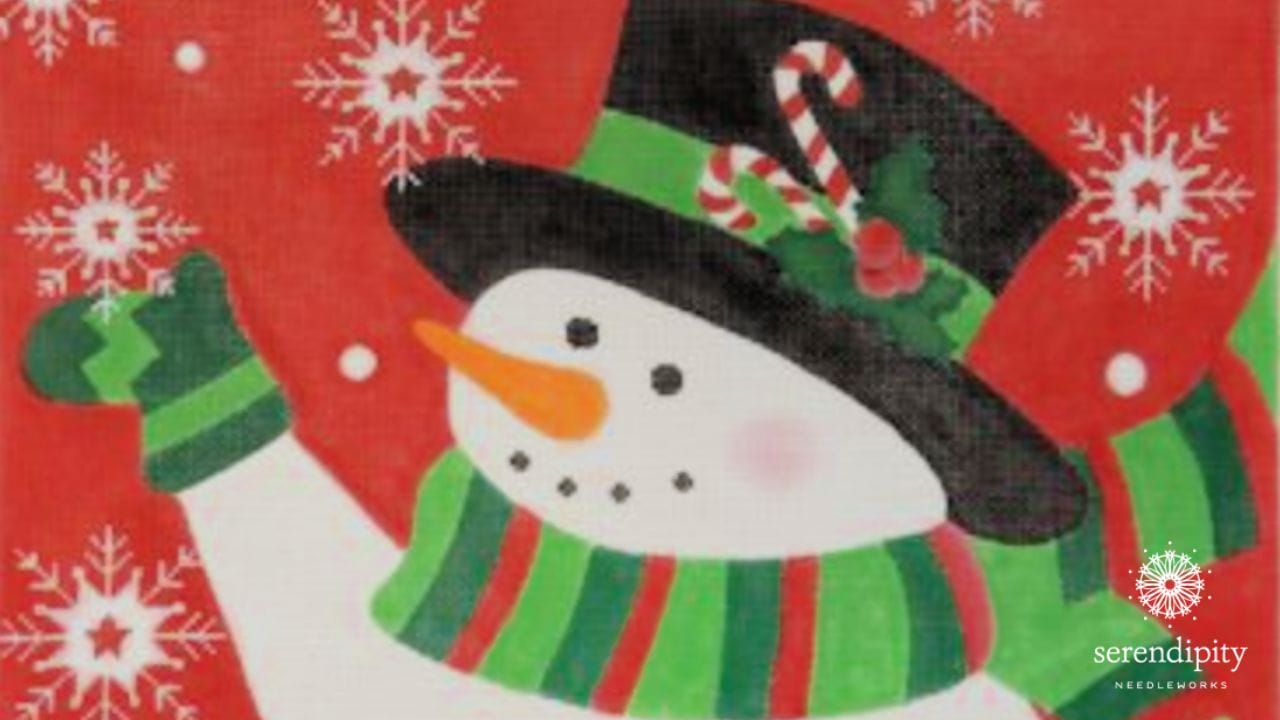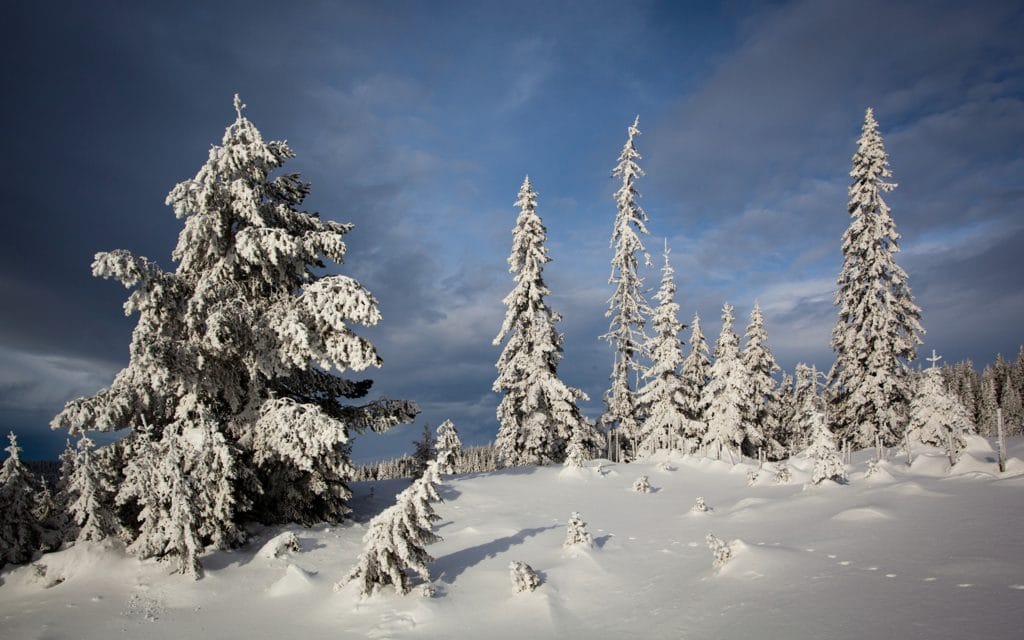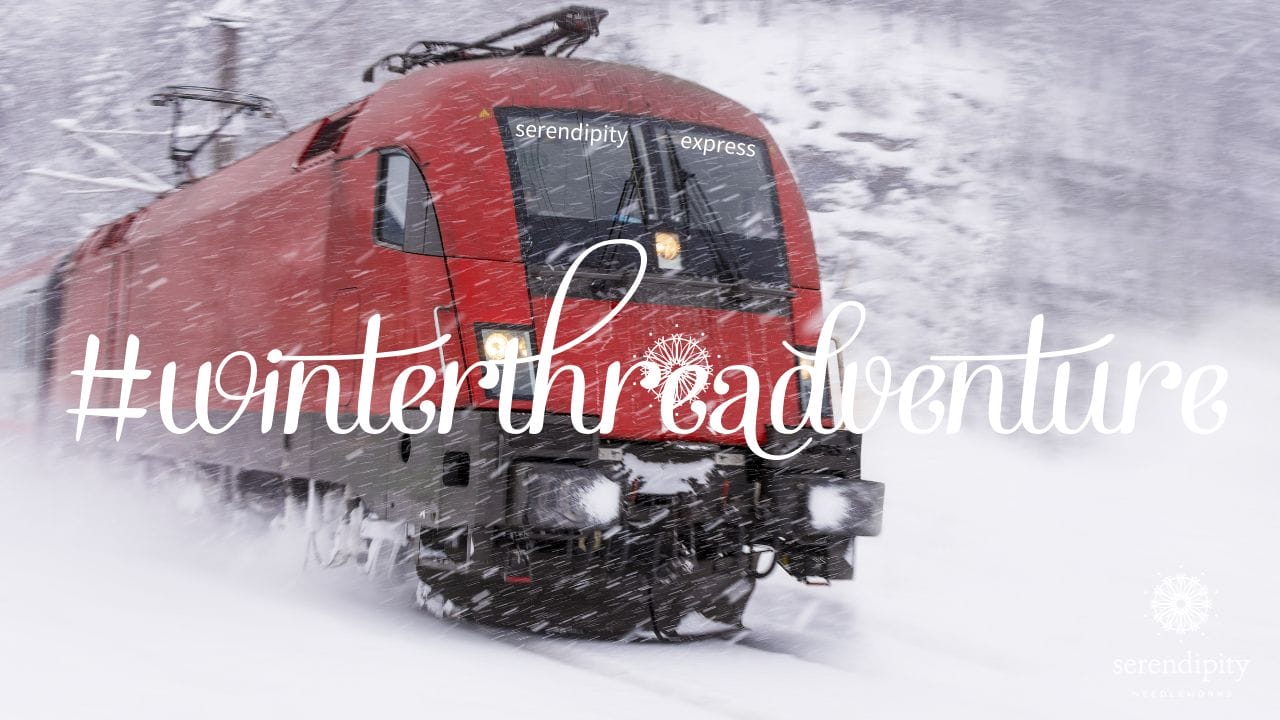Well hello there, lovely! The snowflakes are swirling round and round and it’s great to be back with you this week as we continue our trek through the Nordic countries. We’re gonna have oodles of F-U-N at our next stop, so hop aboard the Serendipity Express with me and let’s take our magical virtual vacation train to a place I’m sure you’ve heard of…

Lillehammer – site of the 1994 Winter Olympics!
(Gee, that was quick.)

Lillehammer is in the heart of Norway and it overlooks the northern part of Lake Mjøsa and the Lågen River – both of which are frozen right now. Snowy mountains surround this picturesque city that’s home to fewer than 30,000 people.
Wondering what we’re gonna explore here in Lillehammer? I thought you might be.
That picture below is your first clue.

Yep – this week’s destination is all about snow, too! Our Scandinavian friends are surrounded by snow in the wintertime, so I thought we’d take a deeper dive into that pristine white fluffy stuff. (Click here if you didn’t see last week’s destination – it’s a “winner, winner chicken dinner”, too!)
Whaddya’ say we take a look at a terrific stitch for…
snowflakes!

Did you know that the shape of a snowflake largely depends upon the temperature and humidity at which it forms? As the flake moves through different zones in the atmosphere, well – that’s when the complex structure develops.
Snowflakes usually have six arms (or dendrites, as scientists call them) and that’s because ice has a hexagonal crystalline structure.
As a snowflake falls through the atmosphere, each arm grows independently from each of the corners of the hexagon, while either side of each arm grows independently. And snowflakes usually aren’t completely symmetrical, so you can rest easy if your needlepoint snowflakes aren’t perfect either.
The Daisy stitch is a terrific choice for individual snowflakes.
It’s super easy to execute – work the stitches just like you see in the diagram below and you’ll be golden!
One thing you’ll notice is that there are no even numbers on this stitch diagram. That’s because each stitch “ends” in the center hole. Counting by odd numbers, beginning at 1 and ending at 31, will ensure that you don’t miss any stitches.

Now, back to the daisy stitch…
It’s terrific for individual snowflakes that you might find on holiday canvases like “Candy Cane Snowman” by Pepperberry Designs. In fact, I’d stitch all of those little white dots with the daisy stitch.
The daisy stitch is quite small and that means you can use it on just about any size canvas. It’s a really good choice for beginning stitchers – or if you’ve been away from needlepoint for a while. And it’s just so darn fun to make that I’ll bet you find yourself using it for all sorts of other design components, too. (Tee hee!)

I’m using Nordic Gold to work the daisy stitch.
Nordic Gold is a 52% metallic polyester/48% nylon chain construction thread. It’s stronger than blending filament and is one of the more pleasant metallic threads to work with. And speaking of blending filament, Nordic Gold is a very fine weight thread that is equivalent to 2 – 3 strands of blending filament.
It’s available in 10 colors and each card holds a generous 25 yards. Rainbow Gallery suggests that it’s good for needlepoint up to 24 mesh canvas, which means that it’s a super versatile thread to have you in your stash.
I recommend using Nordic Gold “as is” off the card. It’s not as prone to unraveling as some of the other metallic threads we’re using, but you’ll still probably want to treat the ends for fraying. Oh – and use pieces no longer than 18″.
You could also use Petite Silk Lamé Braid for the daisy stitch.
I’m using one strand of Nordic Gold (ND17) in a #22 tapestry needle to work my stitch sample on a piece of 18 mesh needlepoint canvas. If you want to practice the Daisy stitch with Petite Silk Lamé Braid (SP02) on a piece of 18 mesh canvas, thread one strand in your needle.
And that, my friend, brings us to the end of our stay in Norway.
It’s been so much fun sharing this fun stitch/thread combo with you.

I’m ready for some stitching time by the fire. How about you? Let’s check into our cozy little cabin for the night and brew ourselves a nice warm cuppa.
Until next week, happy stitching!
XOXO!!!

PS: There are oodles of needlepoint canvases that feature snow and it can be hard to narrow down which stitches will look best. You can rest assured that all of the snowy stitches from weeks 5 and 6 will work on a variety of projects, but you might want to be able to choose your own stitch/thread combinations. Inside The Stitcher’s Club, I help you learn how to do just that! Enrollment will be opening soon, so if you’d like to learn more about it just click here.






I’ve used this stitch for stars, but I’d like to try it for some flowers.
That’s a terrific idea, Mary Lou! 🙂